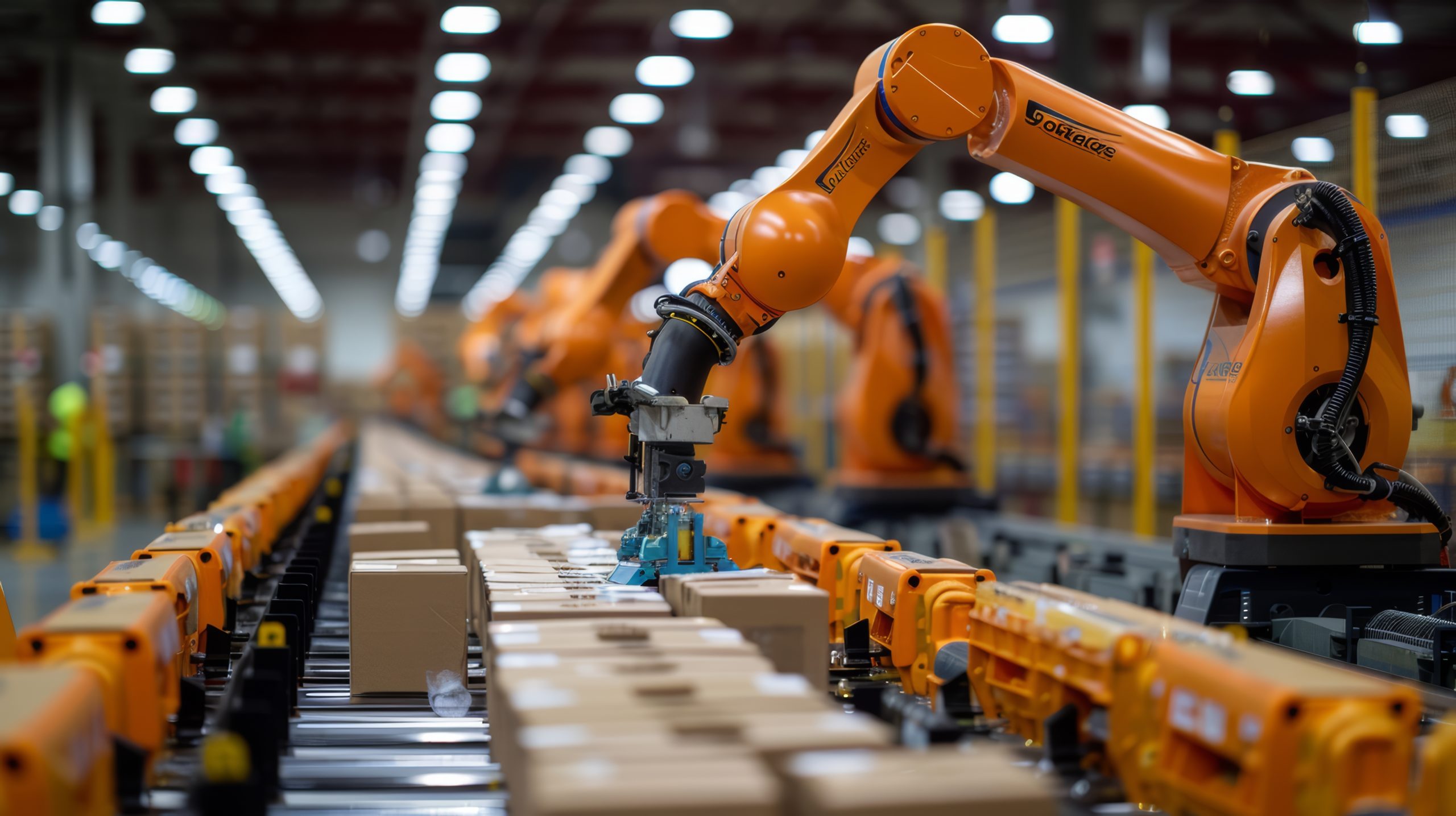Automating Repetitive Tasks: How RPA Can Boost Your Business Efficiency

Automating Repetitive Tasks: How RPA Can Boost Your Business Efficiency
May 29, 2024
Automation is the ultimate dream for businesses that seek efficiency and flexibility. Nowadays, which company doesn’t thrive to reduce operational costs and automate their processes? Robotic Process Automation (RPA) is one powerful tool capable of leveraging software robots, or bots, to perform routine repetitive tasks once, or normally, handled by human workers: with speed and accuracy.
RPA stands out for its ability to automate tasks without altering existing IT infrastructure, making it an accessible and scalable solution for businesses of all sizes.
This article explores the various aspects of RPA, including its benefits, functionality, and how it compares to traditional automation methods. Firstly, let’s look into a brief historical context of automation in business!
In the 1960s, the world was initiating a technological revolution, and businesses began to explore the potential of automation of computer routine tasks. The journey of automation began with simple mechanisation. Early machines, driven by steam and, later, electricity, replaced manual labour in manufacturing. The introduction of computers in the mid-20th century brought the first wave of digital automation.
Fast forward to the 21st century, automation has evolved into a sophisticated field, with RPA standing out as a game-changer. By the late 2010s, RPA emerged, offering a more flexible and user-friendly approach to automation, capable of interacting with existing systems without requiring extensive reconfiguration.
RPA vs Traditional Automation
Traditional automation often involves programming and scripting. The first one develops the applications themselves, while the second typically helps automate processes and configure applications. Both can be time-consuming and require significant IT resources. Additionally, these procedures are usually rigid and difficult to modify once implemented.
In contrast, RPA was designed to be more flexible and user-friendly and doesn’t require changes to the underlying infrastructure. In consequence, RPA can be implemented more quickly and with less disruption to business operations – it’s possible to configure bots without extensive programming knowledge.
Benefits of RPA
It’s clear to see that one of the most significant benefits of adopting this model is increasing efficiency. Bots can work without fatigue 24/7, which differs significantly from human working hours capacity.
The benefits of RPA implementation extend to cost reduction. When automating tasks, businesses reduce their dependency on a large workforce, which results in substantial savings.
However, some critical voices may say that money and time aren’t everything and that we should also privilege accuracy. In fact, accuracy is another critical benefit. Unlike humans, bots almost do not make mistakes, and there exists data that corroborates it. According to Deloitte’s Global RPA Survey, 92% of businesses say RPA has “met or exceeded expectations” in terms of accuracy, timeliness, and flexibility. 98% of IT leaders claim that automating company operations is essential for the generation of financial gains.
RPA also provides scalability. RPA systems can be scaled up or down quickly to meet changing business demands, allowing companies to adapt seamlessly to fluctuations in workload.
Lastly, Robotic Process Automation improves employers’ satisfaction, because it eliminates repetitive and tedious tasks handled by humans, who can focus on more strategic and fulfilling work; this frees up even more time among staff. It’s simple for a trained engineer to configure an automated workflow in one of these processes. Those changes lead to a more motivated and, consequently, productive workforce.
To be always updated and aware of the steps needed to incorporate these solutions it’s imperative to analyse the possibility of finding a strategic partner who knows how to carry out an RPA system.
How Does RPA Work?
RPA interacts with the IT infrastructure and software of a specific company. After an initial process of identification and the following one called configuration, bots are set to perform the identified tasks, under particular rules. After the configuration, comes the deployment phase, when intelligent machines start to execute the tasks in real time. The final stage is monitoring and maintenance, to ensure the bot’s functionality. If any issues arise, bots are updated as needed to face changes in the processes they automate.
RPA in Customer Service
Two decades ago, if there was an area everybody believed it was impossible to mix with AI was customer service. Essentially because is a function where the human touch is vital. Besides this reality, bots, today, still have an important role to play in facilitating engagement. Repetitive processes such as order processing, ticket management, inventory checks, initial customer query handling, and many more can be automated.
Call centres are the ideal examples of RPA-efficient management, they provide contextual information about the customer via dashboard. Such a process saves time in searching through customer records and interactions.
RPA in Finance
In the financial industry, especially, there is no space for mistakes and even residual Losses. According to the study Driving Impact at Scale from Automation and AI conducted by McKinsey Global Institute, human error in the banking industry costs, 1 million dollars per year and 25 thousand hours of wasteful rework.
RPA helps banks and financial institutions make the digital transformation, allowing employees to focus on more crucial tasks or find strategies to gain a competitive edge. RPA can automate tasks such as invoice processing, account reconciliation, and financial reporting. This not only speeds up these processes but also reduces errors and ensures compliance with regulatory standards.
RPA represents a tremendous advancement in automation technology and opens a door to business efficiency, cost reduction, workforce motivation and ways to improve accuracy across multiple functions.
Are you ready to escalate your business to the next level by implementing RPA? If so, take a quick look into our services now, and come to meet us!